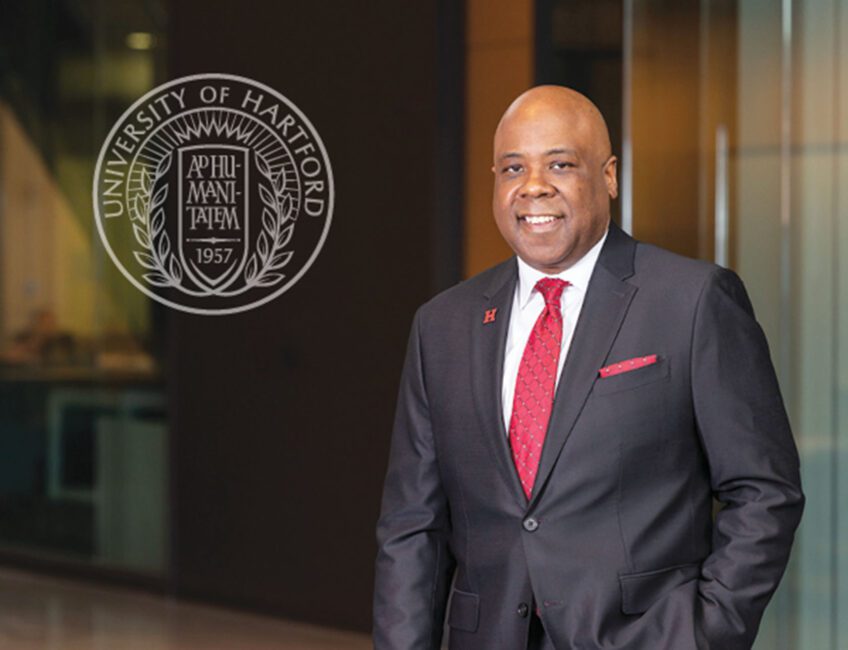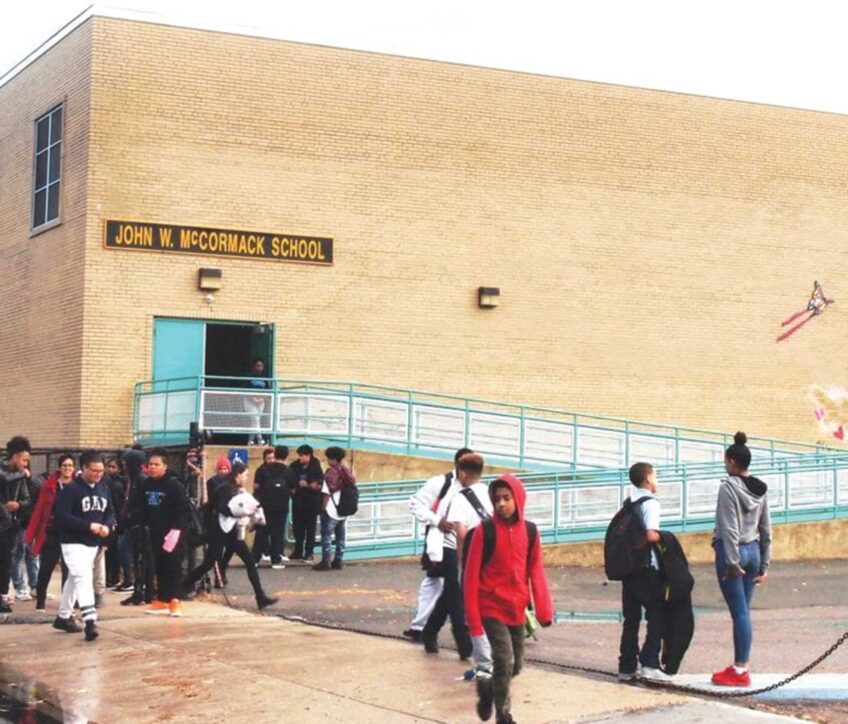Fueled in part by the presidential campaign of Barack Obama and high-profile elections featuring local legislators, Boston last year saw its highest rates of voter participation since the 1960s. Leading the electoral pack were the city’s minority communities, with ballot surges in neighborhoods like Dorchester, Roxbury, Jamaica Plain and Mattapan.
While the decision to vote, and the credit for doing so, is ultimately left to the individual voter, these communities — along with others throughout Boston and Chelsea — benefited from the efforts of the Civic Engagement Initiative (CEI), a recently completed six-year voter mobilization effort.
Conceived in 2002, the CEI is the joint effort of Access Strategies Fund, the Boston Foundation, and a number of other local service-oriented nonprofit organizations. The initiative’s goal is to bridge Greater Boston’s much-publicized participation gap between white voters and minority voters, through grants and technical assistance to selected community groups in underserved areas of Boston and Chelsea.
The numbers are compelling.
According to the initiative’s recently released “Deepening Democracy through Citizen Engagement” report, from 2002 through 2008, the CEI selected 19 local organizations across Boston and Chelsea to receive $15,000 to $30,000 for “non-partisan voter registration and mobilization.” During that time, despite a relatively stable population, voter registration in CEI-targeted precincts increased by 33 percent (from 59,845 voters to 79,876) in the initiative’s first five years, nearly double the 18 percent increase seen in the rest of Boston (263,026 voters to 310,662) over the same time period.
Encouraging increased voter participation is both crucial and practical, according to the CEI. The group’s principals argue that poor voter turnout does more than cast a shadow of disinterest and apathy over the affected areas; the results are actually much more tangible.
“Voter mobilization contributes to a neighborhood’s ability to exert clout,” said Mark Pedulla of the Hyde Square Task Force, one of the initiative’s partner organizations. “From neighborhood services and street cleaning to trash pickup, higher-voting neighborhoods and precincts in the city have access to services in ways that lower-voting precincts do not.”
To begin the process of increasing turnout, the initiative’s partners first took a long look at the civic life of the communities they were targeting.
“It was clear to the community-based organizations in both Boston and Chelsea that there was a real marked difference between mainstream white voters and communities of color and low-income voters,” said Kelly Bates, executive director of Access Strategies Fund and a co-chair of the initiative.
By studying the differences, however, CEI found some successful strategies.
“It also became clear that there were really good examples of techniques of community-rooted organizations for getting their local voters to the polls,” added Bates, whose nonprofit group funds other organizations working to ensure fair voting access in traditionally marginalized communities.
Potential CEI partners were then identified and selected based on a number of criteria.
“We’re asking A) is there a community organization in place that actually has the capacity to … do some of the work, B) who is their base, C) what is the need in the neighborhood [and] D) what is the historical voter trend in that neighborhood?” said David Ortiz, CEI’s project director and deputy director of the statewide voter advocacy organization MassVOTE.
One of the fundamental differences between CEI and more conventional get-out-and-vote campaigns is the collective entrenchment of its partner organizations.
In some voter mobilization efforts, the work was performed by out-of-town partisan interest groups that barnstormed through precincts in the weeks and sometimes days prior to an election. In contrast, the CEI works with community groups not touting a specific cause or agenda, but that have longstanding relationships with local citizens. Bates says the decision was based on comfort and familiarity.
“It is important to work with organizations that are already well known by the communities,” said Bates. “Neighbors are more likely to respond to local leaders.”
Said Ortiz: “The great thing about the CEI is that it is not just singular organizations working throughout the city … this is a massive movement of many organizations working under one umbrella.”
Under said umbrella, volunteers engage in “best practices” like door knocking, phone-banking and peer-to-peer word of mouth. Perhaps the most unique benefit of CEI assistance is the access that volunteers have to a public voter database known as VBase that enables them to personalize their contact with constituents. CEI partner groups distill these records into individual voter histories and present them to potential voters during phone and door-to-door canvassing.
The results are impressive: A study quoted in the report cites an 18.5 percent increase in voting among folks who were informed of their voter history, compared to only a 7 percent increase among those who didn’t have the information.
Ortiz and Bates both agree, however, that the most important aspect of CEI voter mobilization is coupling appeals for voter participation with timely community issues.
“Voters respond to issues, not just candidates,” said Bates. “Messages carried by local communities tied to issues are actually what facilitates people coming out to vote.”
While the politicians are secondary to the issues for some voters, the importance of an inspiring candidate cannot be undervalued, says Ron Bell, Director of Community Affairs of the Governor’s Office and former director of the local voter registration group Dunk the Vote, which formerly received funds from CEI.
“In communities of color — and this was proven with the elections of Deval Patrick and Barack Obama — we need good candidates,” said Bell. “Clearly, when you have candidates who look like you, and will talk about your interests and things that are important to you, you’re going to vote.”
While CEI apparently achieved its goal of mobilizing previously sedentary voters, its founders agree that the work is far from over. Ortiz said the initiative’s benefactors recently approved its funding for the next five years.
“What we don’t want to do is get it to a point where [CEI] is working, then let it go,” he said. “The idea is to keep it moving, so elected officials know that civic engagement initiatives still exist, and still work in the community.”





